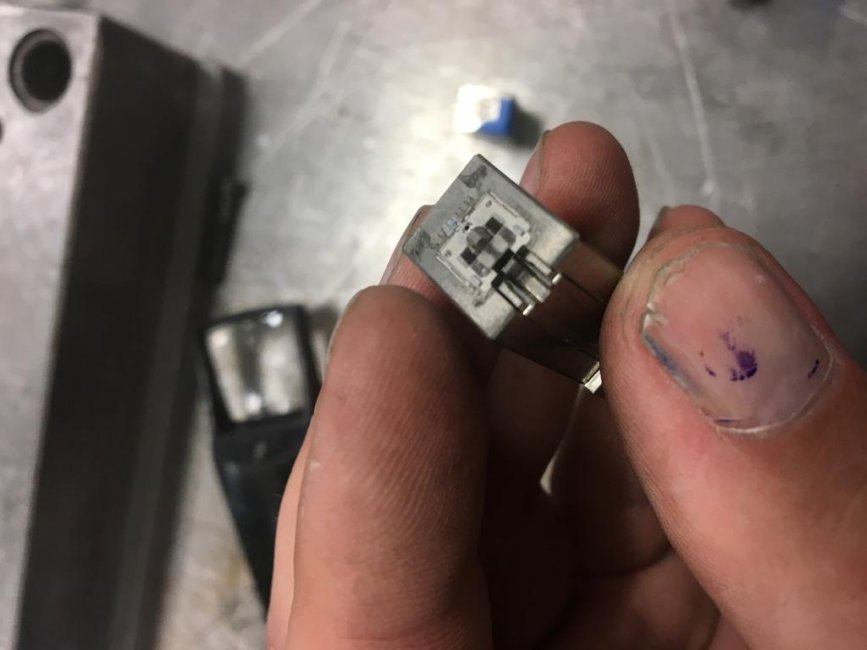CountryBoy19
Grandmaster
To be honest, it's not super hard to scrape if you have somebody to show/guide you. The hard part is knowing how/where to scrape to get the proper alignment of parts and in what order to scrape the parts. I'm not a master, I mainly just do my own rebuilds (currently 90% complete on a vintage Leblond long-bed Dual-Drive)...Scraping is a art, we have a Master Tool Maker at my shop that has done the same thing. Trying to learn that technique myself from him before he retires.
Never said it was easy getting .00005". It took A LOT of time and patience, more less a test in myself to see if I could. I’m skeptical that you are a “real engineer” but most engineers check humility at the door and replace with arrogance once said degree is achieved
Isn't that the truth? I deal with that attitude all the time, and I personally struggle with it myself sometimes. I wasn't intending to trash your thread or put you down, I was just emphasizing how incredibly hard it is to hit those numbers; heck, it's hard to measure those numbers accurately.









